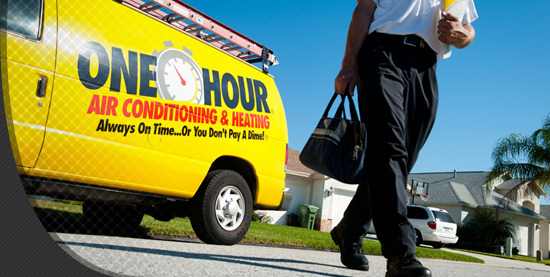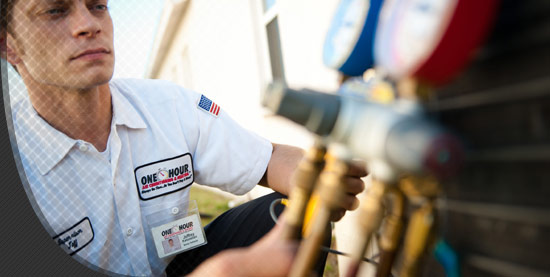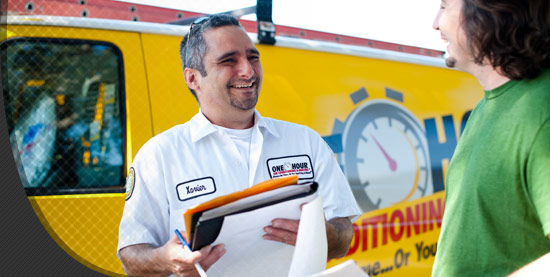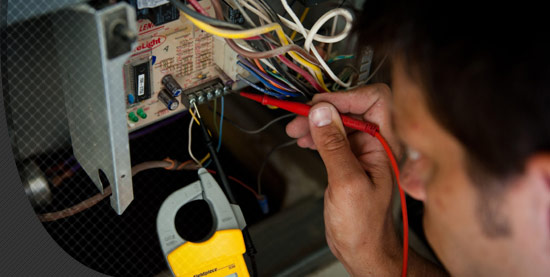Maintenance Program
The One Hour Heating & Air Conditioning maintenance agreement, Comfort Club, provides you with regular system checks. It's a bi-annual planned check-up and service.
Customer Reviews
"Everyone we have interacted with has been professional and courteous. Excellent service - we would recommend One Hour Air to anyone!"
Local Cities We Service
- Andover
- Derby
- Goddard
- Haysville
- Hutchinson
- Maize
- Newton
- Park City
- Valley Center
- Wichita
Furnaces
When it comes to repairing and maintaining your furnace, you can count on the team at One Hour Heating & Air Conditioning. A furnace is a major appliance whose job is to provide heat to an interior space through air, steam, or hot water. The most common fuel source for modern combustion furnaces in the United States is natural gas. Other common fuel sources include propane, fuel oil, coal or wood.
We can install or repair the following types of furnaces:
- Central Warm-Air Furnaces
- Forced-Air Furnaces
- Gravity Furnaces
How does a furnace work?
The furnace is typically divided into three primary components:
- The burner, which includes the heat exchanger, draft inducer and venting. Here, a flame is drawn into the heat exchanger by the negative pressure produced by the draft inducer. The hot gasses produced by the combustion of the flame pass through the chambers of the heat exchanger, heating its metal walls. The gasses cool as they transfer the heat to the heat exchanger and then enter the draft inducer blower to be pushed into the venting pipes. The exhaust gasses are then directed out of the house through the vent pipes.
- The blower, which creates a negative pressure on the intake side. This draws air into the ductwork return air system and blows air out through the heat exchanger and then into supply air ductwork for distribution throughout the home.
- The controls and safety devices, which include a gas valve, ignition control, igniter, flame sensor, transformer, limit control, blower control board, and flame roll out switch. A safety system must be in place to stop the flow of gas if the furnace ever overheats.
One Hour Heating & Air Conditioning can help you find the furnace maintenance service or plan that's best for you. Call today to learn more.
316-444-1006
Service in
Wichita, KS





